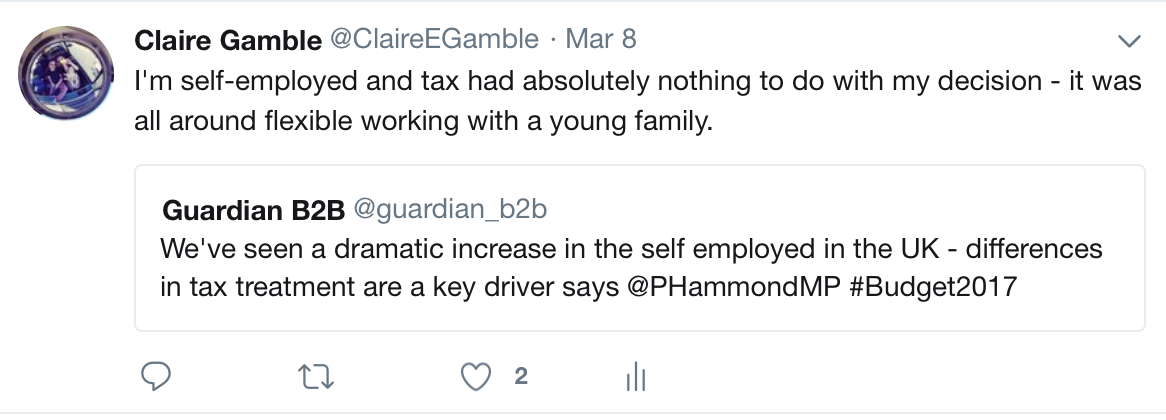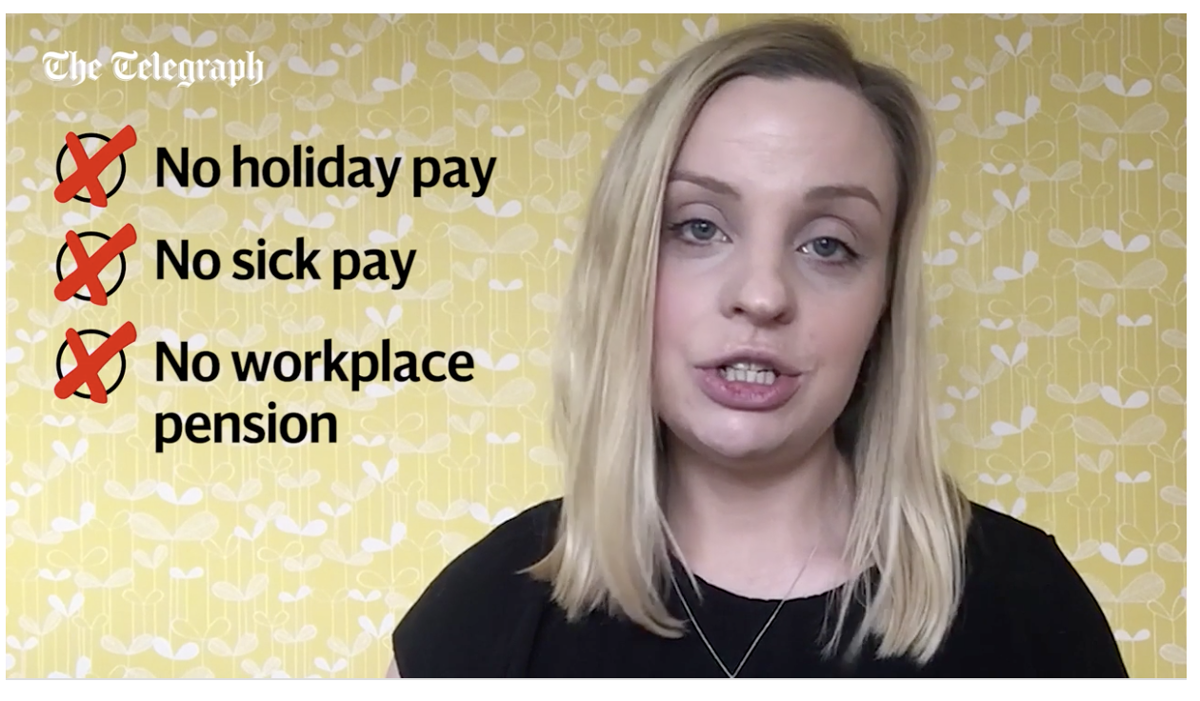This website uses cookies so that we can provide you with the best user experience possible. Cookie information is stored in your browser and performs functions such as recognising you when you return to our website and helping our team to understand which sections of the website you find most interesting and useful.
How to tweet your way to national media coverage

There are thousands of journalists on Twitter. And, if you play your tweets right, you could attract the attention of the right journalist at the right time – and score yourself some impressive media coverage in the process.
Check out this handy article of 100 journalists to follow on Twitter.

How I secured national media coverage by tweeting
Earlier this year, a couple of tweets landed me three national media opportunities. In March 2017, the Chancellor Philip Hammond delivered his first Budget. One of the announcements took the country by surprise. The government was going to raise National Insurance contributions for the self employed.
As with all Budgets, there had been a lot of speculation around what would be revealed on the day, but no one had predicted this. As a freelancer, the news affected me. I didn’t particularly agree with the approach. So, I did what every freelancer who is working from home and hasn’t spoken to a real person all day would do – I tweeted about it.

Shortly after I’d tweeted my thoughts on the #Budget2017, a journalist from The Daily Telegraph got in touch to ask if they could interview me for an article they were writing. I agreed, and the next day I had a comment and video interview included in an article on The Daily Telegraph website.

Following the publication of the news article, I received a further two media opportunities – one for BBC 5 Live, and another one for BBC World Service.
Understanding the news agenda and what journalists are looking for
There are no hard and fast rules to guarantee yourself media coverage by using Twitter, but you can improve your chances by understating the news agenda and how the media works.
- The news agenda: The Budget was one of the main news stories that day. All mainstream media outlets had column inches, web stories and air time dedicated to covering the announcements and reactions. If you know a big national news story is coming up – e.g. an election or even the final of Strictly Come Dancing – you can plan ahead and think about how you might tweet in response.
- Vox pops: Journalists like to include vox pops – which stands for ‘voice of the people’ (i.e. quotes from the general public about their thoughts and reactions to a certain issue) in their reports. This helps their readers, listeners and watchers to put the news into context and understand how it might impact them. A decade or so ago, journalists would hit the streets to find people to interview. But these days, they don’t even need to leave their desks thanks to millions of people voicing their opinions on Twitter, other social media channels and online forums.
- Surprise: There was a surprise announcement in the Budget. The story about rising National Insurance for the self employed ended up running for days after the Budget, until the government did a swift U-turn on the decision.
- Speed: Journalists work to really tight deadlines. When the journalists got in touch to ask for comments, interviews and videos, they needed to receive them really quickly within a few hours. Sometimes, journalists may need their content even quicker. So if ever you’re hoping to secure national or broadcast coverage – either for yourself or your client – expect a quick turnaround.

Get your tweets right
But before you start tweeting about every trending topic in the hope of attracting the attention of a journalist or two, here are a few tips for using Twitter to secure media coverage.
- Are you the right person to comment? We’re all entitled to our own opinions about any topic, but some people will be better placed to comment on some news stories than others. For example, the journalists I spoke to wanted to hear from self employed workers. If I’d been a retiree for example, I doubt they would want to hear from me on this particular topic. My Twitter bio clearly stated that I was a freelancer too, meaning journalists could see easily that the news affected me.
- Choose your topics: Following on from the above point, I think it helps to find two or three topics that you feel comfortable about. If you have these points in mind when you’re sharing content online, writing your blogs, and in your own marketing material, it will help you become an ‘expert’ in these areas.
- Be opinionated (but don’t offend): I only tweeted a couple of thoughts. Nothing I said was particularly controversial, but I voiced my opinion. I disagreed with the announcement and explained why. Journalists want some opinion (do you agree or disagree, do you like it or hate it, do you think it’s right or wrong…and why do you think these things?) – so don’t sit on the fence.
- Help journalists find you: It’s unlikely you’ll have lots of journalists following you and waiting for your tweets of wisdom, so how do you get them to notice you? Hashtags. Hashtags are a word or phrase that comes immediately after the # sign. It acts as a tag or filter, allowing people on Twitter to see all content relating to a particular topic in one place. If you’re not sure what the relevant hashtag is for your chosen topic or news story you’re responding to, have a look at the trending topics on Twitter or what other people are tweeting.
- Find journalists yourself: A lot of journalists will request comments using the hashtag #journorequest. Take a look at the hashtag to see if any journalists are requesting interviews which you could help them with. Tweet them and let them know you can help and why. If they’re interested in speaking to you, they’ll ask you to email or direct message (DM) them. Find 100 journalists to follow on Twitter here.
Free online course: How to use Twitter for PR and media coverage
On the PR Unlocked website, you’ll find a number of free resources and tools to help you learn more about PR and marketing – including the free online course: How to use Twitter for PR and media coverage, which covers everything you need to know about getting great results from this social media platform.
